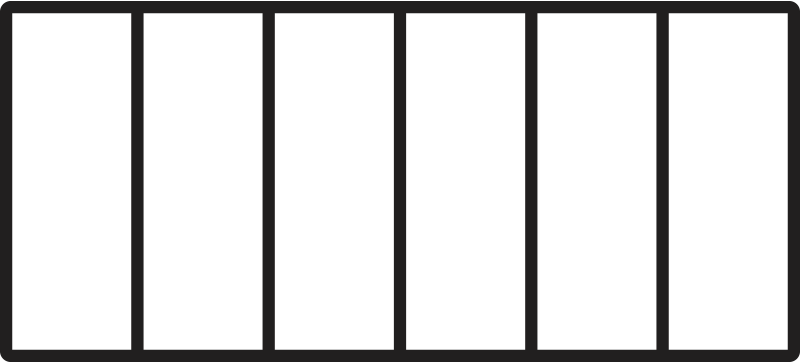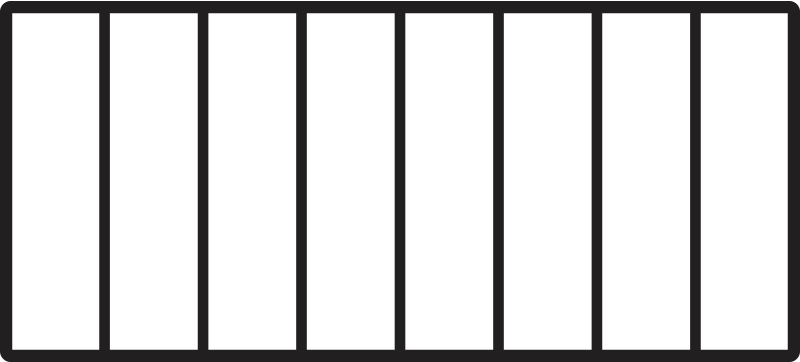Let’s Practice!
Can you find equivalent fractions?
Goal:
Goal:
Let’s practice finding equivalent fractions. Look at the fraction in each model. Then, study the fractions in each answer.
Equivalent Fractions
Click on the fraction that is equivalent!

Number line from 0 to 1 with 3 markers. Marks are labeled from 02 to 22. Dot above 12.

Number line from 0 to 1 with 7 markers. Marks are labeled from 06 to 66. Dot above 46.

Number line from 0 to 1 with 5 markers. Marks are labeled from 04 to 44. Dot above 24.

Number line from 0 to 1 with 9 markers. Marks are labeled from 08 to 88. Dot above 18.
Click on the fraction that is equivalent!




Click on the fraction that is equivalent!

Number line from 0 to 1 with 4 markers. Marks are labeled from 03 to 33. Dot above 23.

Number line from 0 to 1 with 7 markers. Marks are labeled from 06 to 66. Dot above 46.

Number line from 0 to 1 with 5 markers. Marks are labeled from 04 to 44. Dot above 14.

Number line from 0 to 1 with 4 markers. Marks are labeled from 03 to 33. Dot above 33.
Click on the fraction that is equivalent!




Click on the fraction that is equivalent!

Number line from 0 to 1 with 3 markers. Marks are labeled from 02 to 22. Dot above 12.

Number line from 0 to 1 with 5 markers. Marks are labeled from 04 to 44. Dot above 04.

Number line from 0 to 1 with 9 markers. Marks are labeled from 08 to 88. Dot above 48.

Number line from 0 to 1 with 7 markers. Marks are labeled from 06 to 66. Dot above 56.
You got # out of # correct. Click the Retry button for another attempt.
You got a perfect score. Great job!
What are the equivalent fractions? Type the missing numerators in the boxes below.

8

4
